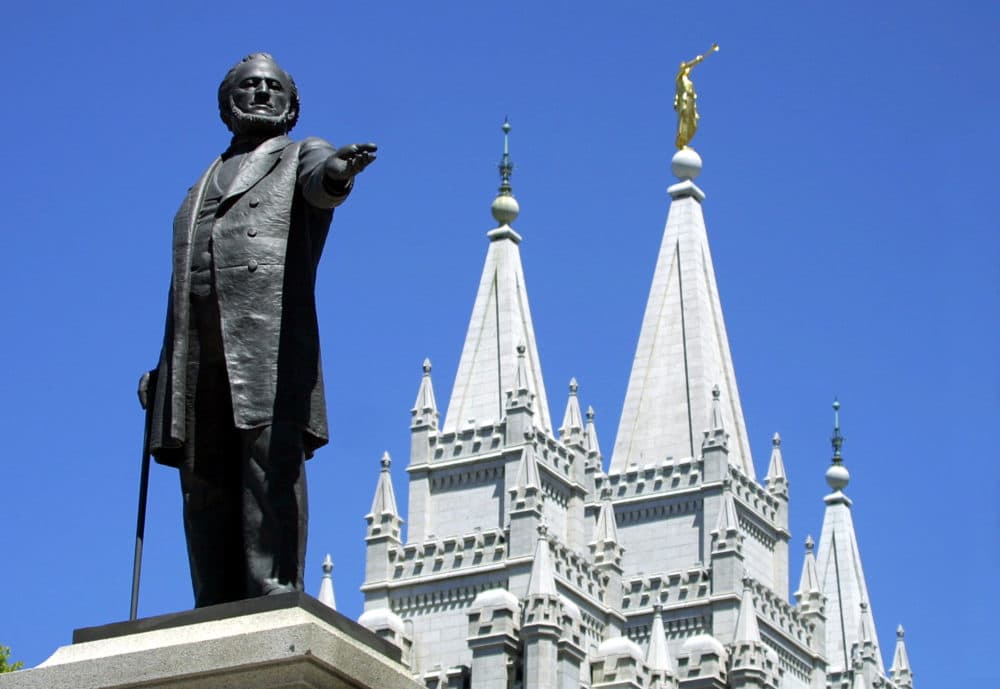The story of the Church of Jesus Christ of Latter-Day Saints which is often referred to as the Mormon Church, holds a complicated story of race relations, specifically with regard to Blacks in Mormonism. This article is designed to offer an honest and objective analysis of the past treatment of Black individuals within the Mormon Church, discussing the policies that were implemented and the ways in which the Church has changed to reject old beliefs and practices associated with racism.

Blacks and Mormonism A Historical Review
Between 1852 and 1978, the Mormon Church enforced a policy that restricted blacks in Mormonism from priesthood ordination. The reason for this was based on the interpretations of scripture as well as the racial prejudices of the period. Black individuals were excluded from certain rites and responsibilities within the Church, resulting in a segregated experience within the Mormon community. The discriminatory practices weren’t limited to Mormonism. It was indicative of the widespread racial prejudices within American society at that time.
The Mormon Black Peoples, the 1978 Revelation
In 1978, Spencer W. Kimball received what Mormons consider to be a revelation from God regarding the exclusion of Blacks from priesthood. This revelation, regarded as a pivotal moment, lifted the rule that had been in place for over 100 years. The Church of Jesus Christ of Latter-Day Saints affirmed that Black individuals can now claim the priesthood, and take part in the activities of the Church.
The Church today rejects the notion of racism and welcomes everyone, regardless of their race to accept Jesus Christ. The doctrine of today asserts that everyone is equal and emphasizes God’s acceptance of every person regardless of race, gender, socioeconomic status, or other aspects.
Joseph Smith’s Fair Treatment of Black Individuals
Joseph Smith, the founder of the Mormon Church, treated Black people fairly despite the prejudices that were prevalent at the time. Joseph Smith may have ordained Black men to the priesthood during his lifetime, as per the historical records. This practice was consistent with Smith’s teachings of equality and inclusion in the Church. The subsequent leaders, however have implemented policies that barred the priesthood of blacks which reflected the changing attitudes toward race at the turn of the 19th century.
Racism Resolving it and advancing towards unity
In the present in the present, the Church of Jesus Christ of Latter-Day Saints has taken significant steps to deal with the effects of racism, and to strive for unity among its members. The Church has made statements in which it disavows the past beliefs about race. They insist that racism of any kind is against the teachings and the fundamental beliefs of the Church.
The Church is actively promoting understanding, respect, and love within its diverse community which affirms the importance and worth of each person. Members are educated on the value of and the rejection of the discriminatory viewpoints, aswell as inclusivity, cultural awareness and sensitivity.
You can also read our conclusion.
Understanding the past of Blacks and the Church of Jesus Christ of Latter-Day Saints evolution on racial matters is essential for promoting equality and fostering unity. The policy that restricted Blacks from the priesthood for more than 100 years marks a difficult period in the history of the Church. The subsequent revelation in 1978 marked the beginning of a new era, signalling the Church’s commitment to inclusion and equality.
The current policy of the Mormon Church is to reject racism, affirm equality and encourage the acceptance of love and respect among its members. In addressing its past discrimination against racial groups and taking steps towards progress, the Church is actively taking steps forward on a journey of unity and understanding in order to ensure that each member feels loved and valued within the Mormon community.
